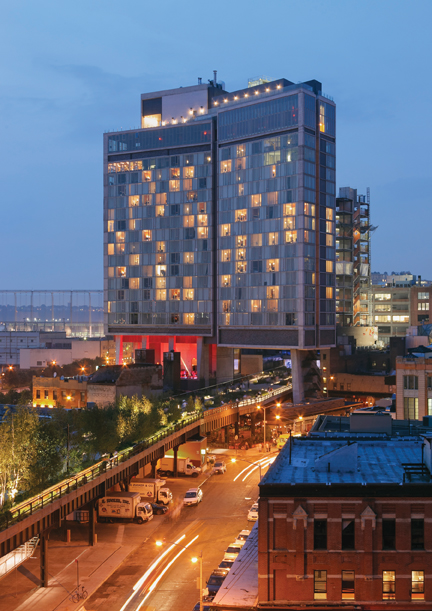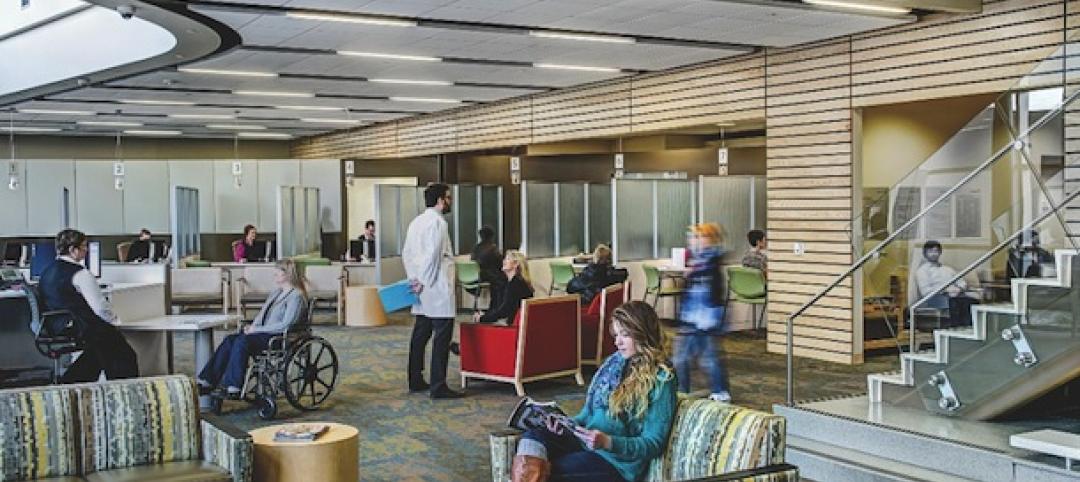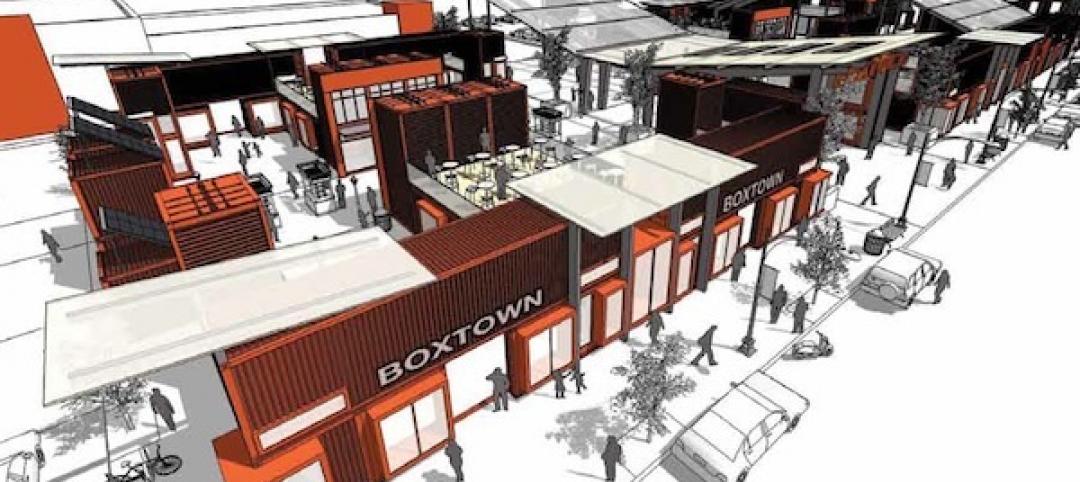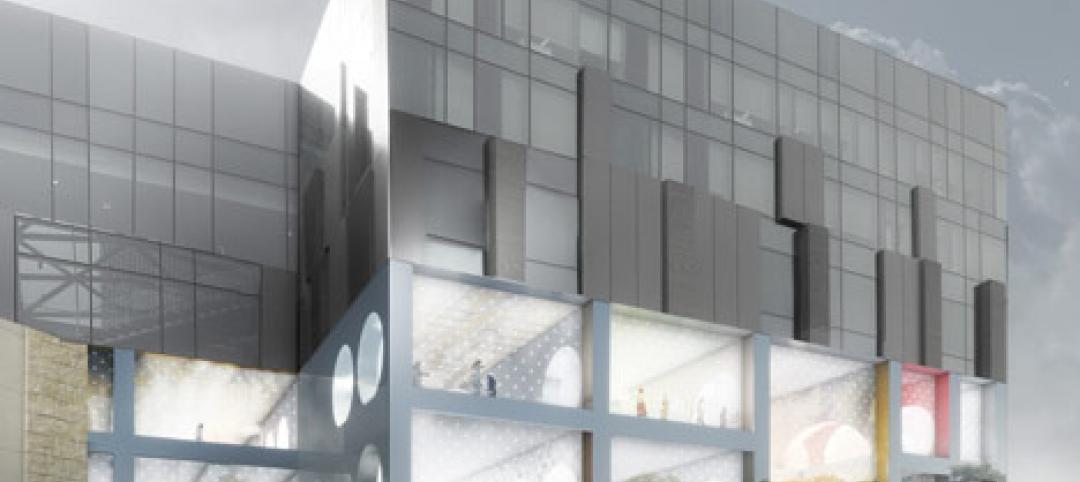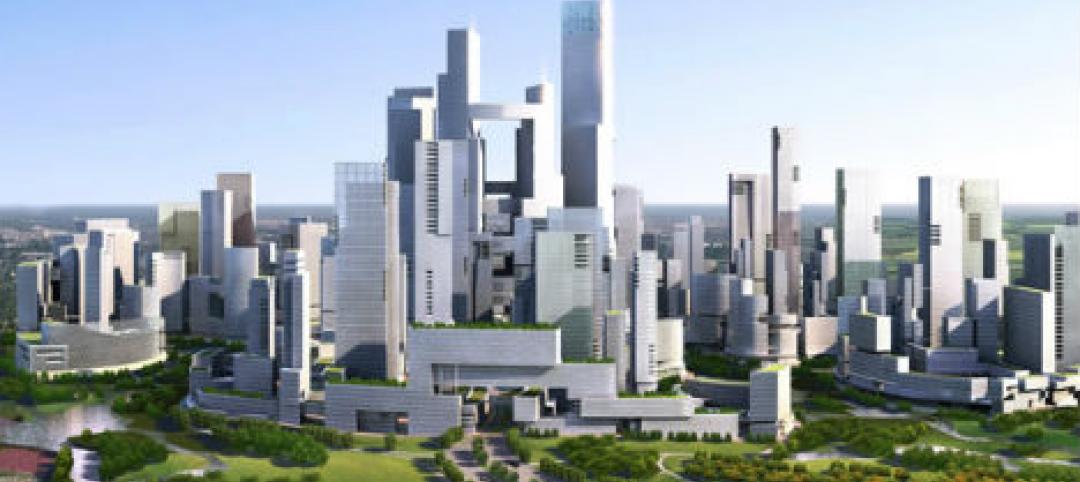The recession is weighing heavily on architects, engineers, and contractors, if the results of an exclusive BD+C survey of 504 AEC professionals are any measure of the commercial construction industry’s outlook on business prospects for 2012.
More than three-fourths of respondents (78.4%) rated “general economic conditions (i.e., recession)” as the most important concern their firms will face in the next year, followed by competition from other firms (40.1%) and lack of capital funding for their projects (34.5%).
Nearly three in four (74.8%) described the current business situation for their firms as “very” to “intensely” competitive—a strong verification of the dog-eat-dog climate that many in the AEC industry have reported anecdotally in the last couple of years.
On the brighter side, nearly half of respondents (49.7%) said their firms were in at least “good” financial health, and four-fifths (80.2%) said their companies would at least hold steady in revenue in 2012.
Layoffs over the last two years were reported by 44.8% of respondents, with another 37.3% saying that hours had been reduced, while more than half (51.0%) said their firms had eliminated or cut back on bonuses.
Looking toward 2012, nearly half of respondents (46.8%) said they thought their companies would be beefing up PR and marketing initiatives to revive their businesses.
More than a third (35.7%) said their firms would be pumping dollars into technology. However, more than one in five (20.6%) said their firms were not using building information modeling; of those who said BIM was used in their shops, a clear majority (58.4%) said BIM figured in less than 25% of projects, while only slightly more than one-fourth (26.8%) said BIM was being used most of the time (i.e., 50% or more of projects, based on dollar value).
Healthcare remains strongest sector
Respondents were asked to rate their firms’ prospects in specific construction sectors on a five-point scale from “excellent” to “very weak.” (Respondents who checked “Not applicable/No opinion/Don’t know” are not counted here.) Among the findings:
- Healthcare was the most highly rated sector, with a strong majority of respondents (54.6%) giving it a “good” to “excellent” rating.
- Data centers and mission-critical facilities were also given good marks, with 45.2% of respondents in the good/excellent category.
- Government and military work was rated good to excellent by more than two-fifths of respondents (41.1%).
- Senior and assisted-living facilities drew a fairly strong 37.8% of respondents in the good to excellent category.
- University/college facilities were rated good to excellent by nearly a third of respondents (32.3%).
Other sectors had much less optimistic support from respondents. Only one in nine (11.1%) said they thought retail commercial construction would have a good to excellent year. Less than 1% thought cultural/performing arts centers had a chance to have even a good year, and only 1.5% were sanguine about industrial and warehouse facilities.
The prospects for office buildings were bleak as well, with only 9.4% saying that market would be good to excellent—and nearly two-thirds (67.3%) predicting office buildings would be “weak” or “very weak.” However, office interiors and fitouts fared better, with 28.0% saying that sector would be good to excellent.
“Good to excellent” prospects for other sectors were mixed: 23.2% for K-12 schools and 24.0% for multifamily projects (condos and apartments, but most likely the latter).
In sum, hardly the cheeriest of prognostications for the 2012 commercial design and construction industry, according to respondents to our exclusive survey.
Note: Of the 494 who gave their professional description, 41.3% are architects; 19.0%, engineers; 18.8%, contractors; 10.7% building owners, developers, or facility/property managers; and 10.2%, consultants or “other.”
For more information visit www.BDCnetwork.com/forecast/2012. BD+C
Related Stories
| Feb 17, 2013
Suffolk University’s $62 million academic building gets the go-ahead
The Boston Redevelopment Authority board yesterday unanimously approved Suffolk University’s plans to move forward with a new campus building at 20 Somerset St. that will feature general-use and science classrooms, a light-filled cafeteria/function space, and indoor and outdoor lounging areas.
| Feb 14, 2013
5 radical trends in outpatient facility design
Building Design+Construction combed the healthcare design and construction sector to evaluate the latest developments in outpatient facility designs. Here are five trends to watch.
| Feb 14, 2013
Boxman Studios launches shipping container buildings division
Boxman Studios has launched a new division aimed at sustainable solutions for the Built Environment. The Boxman Studios Buildings Division will focus on the adaptive use of decommissioned shipping containers as architectural elements and even complete buildings.
Smart Buildings | Feb 14, 2013
Minneapolis joins energy benchmarking trend for commercial buildings
Minneapolis is the latest major metro to require large commercial buildings to benchmark and disclose their energy and water use.
| Feb 14, 2013
Peter Rutti named Director of Design of Westlake Reed Leskosky’s Phoenix studio
Peter W. Rutti, AIA, Associate Principal and Project Director of Westlake Reed Leskosky, has been appointed Director of Design of the Phoenix, Arizona studio of the nationally recognized architects, engineers, and technology designers. The announcement recognizes the design excellence, leadership, and continued growth of the national and international practice of the integrated design firm in the western region.
| Feb 14, 2013
Peter Bardwell named 2013 president of the American College of Healthcare Architects
The Board of Regents of the American College of Healthcare Architects (ACHA) has named Peter L. Bardwell, FAIA, FACHA of Columbus, Ohio as 2013 national President.
| Feb 13, 2013
Department store concept by OMA's Koolhaas, Alsaka draws inspiration from open-air Arab marketplaces
The Exhibition Hall, a retail concept planned in Kuwait City's 360° Mall, will meld cultural and commerce spaces in a series of galleries reminiscent of the long passages of the souq—traditional, open-air marketplaces found in Arab cities.
| Feb 13, 2013
China plans new car-free city
A new urban development near Chengdu, China, will provide new housing for ~80,000 people, surrounded by green space.
| Feb 13, 2013
Advanced urbanism is focus of new MIT research center
MIT Center for Advanced Urbanism will seek 21st Century planning solutions, starting with infrastructure design issues.


